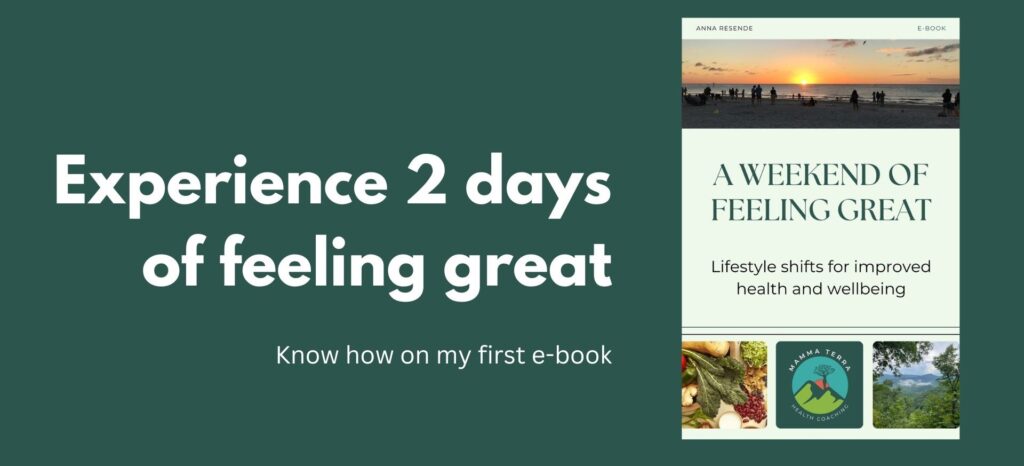Building Healthy Relationships for Well-Being: at work and for Life
In our pursuit of happiness, success, and balance, one truth stands tall across all areas of life: we humans are wired for connection. Whether it’s collaborating with colleagues or deepening bonds with loved ones, healthy relationships play a vital role in our overall well-being. In both personal life and at the workplace, the quality of our relationships often determines not just how we feel—but how we live and work.
Yet, in a world of increasing speed, digital interactions, and divided attention, how do we build—and sustain—relationships that nurture us? The answer begins with improving communication, particularly the kind of mindful, intentional communication taught by psychologist and relationship expert Harville Hendrix, Ph.D., in his renowned books “Getting the Love You Want” and “Giving the Love That Heals.”
Why Healthy Relationships Matter—for Everyone
Healthy relationships act as emotional anchors. They provide us with:
Psychological safety in the workplace encouraging innovation and risk-taking.
Support systems in personal life that help buffer stress and foster resilience.
Opportunities for growth as relationships mirror back our strengths and challenges.
In professional environments, positive relationships contribute to higher productivity, lower burnout, and greater job satisfaction. In personal life, they foster emotional intimacy, security, and a sense of belonging. In both spheres, our well-being thrives when we feel seen, heard, and valued.
Communication: The Lifeblood of Connection
At the heart of any healthy relationship lies effective communication—not just speaking clearly, but listening deeply.
This is where Harville Hendrix’s work offers timeless wisdom. His approach to relationship communication is grounded in intentional dialogue, which emphasizes empathy, safety, and conscious engagement.
One of the most powerful tools he teaches is active listening, which he breaks into three key steps:
1. Mirroring – Repeat or reflect back what the other person has said, without interpreting or judging. This helps the speaker feel heard and encourages clarity.
2. Validation – Affirm that the other person’s perspective makes sense, even if you don’t agree. By saying, for instance, “I see where you’re coming from.”
3. Empathy – Go a step further to connect emotionally. Saying for example, “I imagine that felt frustrating.”
These steps create a structured space for true understanding—a far cry from the reactive, defensive communication styles that often dominate both conference rooms and dinner tables.
Bringing Hendrix’s Tools to Work and Life
You might be thinking: Isn’t this kind of dialogue more for couples therapy than the office? Actually, Hendrix’s approach has surprising applications across all kinds of relationships. Imagine these tools applied in the workplace:
- A manager actively listening to an employee’s concerns, mirroring back their words without jumping to conclusions.
- Teammates validating each other’s different approaches instead of competing for the “right” answer.
- A leader showing empathy during a tough organizational change, saying, “I know this transition is unsettling.”
These moments can transform workplace culture from transactional to relational, fostering trust and collaboration.
Likewise, in personal relationships—whether with a partner, friend, or child—using active listening allows us to move beyond surface-level responses and into deeper emotional connection. When someone feels truly heard, they open up. That’s when healing happens and love deepens. Those are coaching basic skills, used to create trust and rapport.
From Communication to Well-Being
The link between healthy relationships and well-being is backed by science, too. Studies show that people with strong relationships live longer, manage stress better, and experience greater emotional and physical health. But relationships don’t just “happen”—they are cultivated through small, intentional acts, repeated over time.
Practicing Hendrix’s communication tools helps us:
- Reduce conflict and misunderstandings
- Heal emotional wounds
- Foster a sense of emotional safety
- Build rapport, mutual respect, and appreciation
Whether you’re leading a team or nurturing your family, the ability to listen, validate, and empathize can change the way you connect—with others, and with yourself.
Connection Is at the Core
In a fast-paced world, taking the time to truly connect with people may feel like a luxury. But in reality, it’s a human basic need. Relationships are not just the backdrop of our lives—they are the main reason for our existence.
By investing in better communication, as taught by Harville Hendrix, we invest in the quality of our relationships. And by nurturing those relationships, we invest in our own well-being.
May we all listen more deeply, speak more thoughtfully, and relate more consciously. The result? A more connected life, at home and at work—and a healthier, happier you and humanity.
Remember, Good is what makes you feel well!
Anna.
More about relationships on Relationships Nourish the Soul

Anna Resende
Integrative Nutrition Health Coach
Certified by IIN - Institute for Integrative Nutrition
Every week I send out my newsletter called Mamma’s Tips where I share health and wellness topics, good books, recipes, and more.
Click below to subscribe!
I’m excited to share that I just published my first e-book
A Weekend of Feeling Great!

In this book, you’ll find all the steps you can take to feel great. Besides all the foundational principles of multidimensional health, it has a sample of a productive daily routine that everyone can use and a two-day menu with 10 delicious plant-based recipes for you to try.




